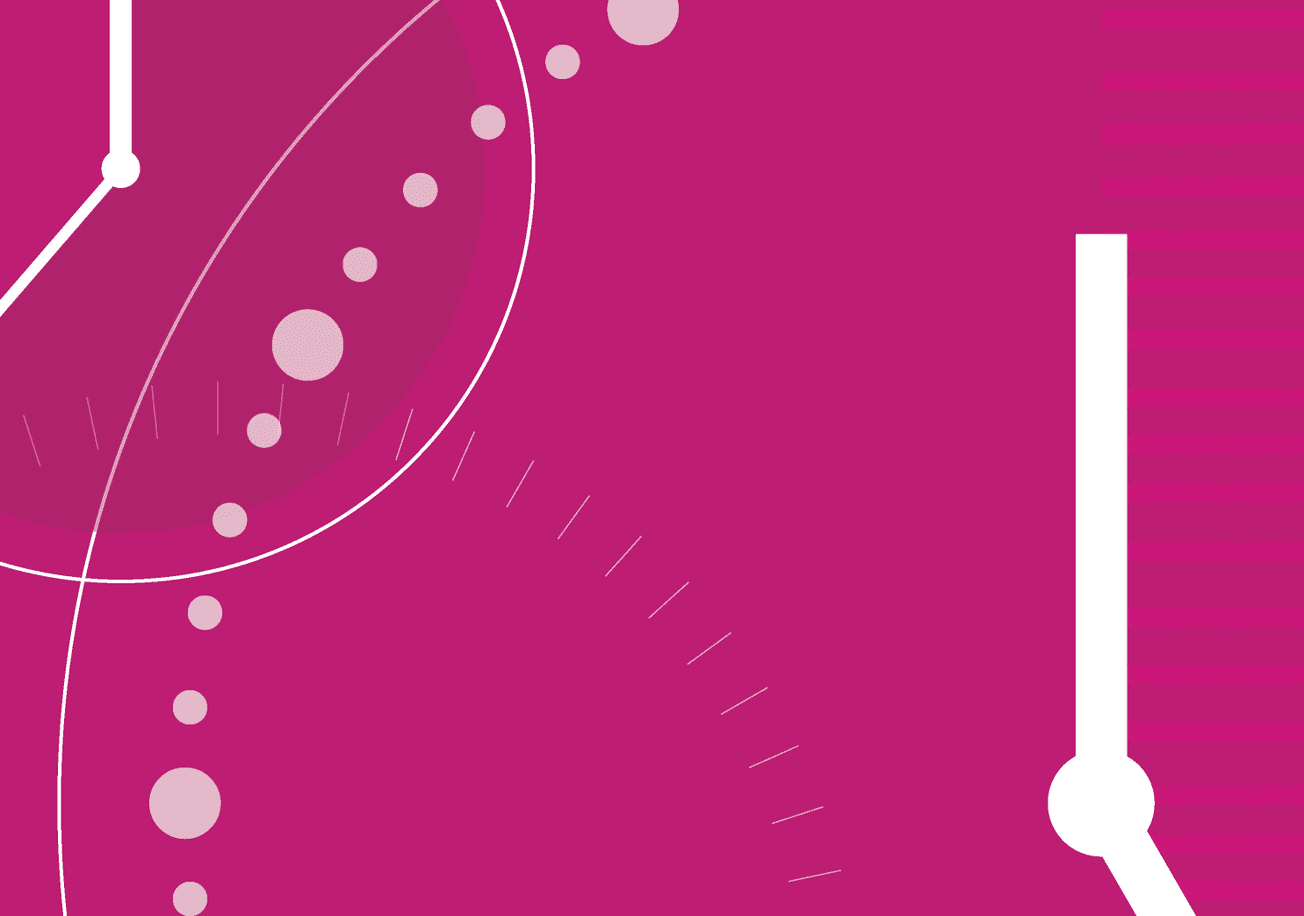While these strategies include plans for maintaining workplace safety, continuing remote work, managing digital resources and cybersecurity, and other approaches to navigating our new ways of working, credit union leaders have a rare opportunity to respond to the disruption experienced over the last year while shaping the future of DEI in their organizations. There is a potential for engaging DEI efforts in a way that not only addresses changes that have occurred but drives cultural change and operational improvement.
The following four DEI recovery strategies are critical for realizing that potential:
1. Vision the change you want.
While we have experienced innumerable changes to our workplaces and the way in which we work, leaders can also embrace and guide change to support business goals. By reflecting on what has changed in the workplace around DEI and what you want to change in the workplace around DEI, leaders can do a “gap analysis” of their credit union’s current and ideal DEI states. This insight will be critical for identifying where and how to best use credit union’s DEI resources to facilitate recovery.
2. Scaffold for the desired future.
To drive the desired DEI change, leaders need to develop policies and practices that support and facilitate such change. This may involve revisions to existing DEI policies and practices that engage and empower all employees regardless of whether they are remote, working flexible schedules, or some alternative work arrangement. Recovery scaffolding may also require the creation of new policies and practices that help employees and members to personally deal with challenges of work-life balance and thrive in this new environment.
3. Focus on the first 100 days.
The last year has taught us some valuable lessons about the value of long-term planning in times of significant ambiguity and uncertainty. This is not to suggest that leaders cannot benefit from planning but may develop greater organizational agility and resilience by changing their planning timeframe. As we return to physical work settings, it is important for leaders to:
- Be attuned to work processes to identify newly relevant dimensions of diversity (such as onsite versus remote work)
- Mitigate possible structural inequities (such as how to identify leadership potential among a dispersed workforce)
- Strengthen new experiences of inclusion (such as building trust within teams and organizations)
4. Connect through communication.
As we continue to work within an increasingly complex and dynamic environment, it is important to keep employees and members informed. Leaders may provide regular recovery updates, conduct town hall sessions or utilize other communication strategies to maintain transparency and garner input from others. These communication strategies may also foster a greater sense of belonging among employees and members and enhance their experiences of inclusion through stronger connections to leaders and credit unions as a whole.

Credit union leaders have an opportunity to strategically guide their organizations through the changing environment to reengage along their DEI journey...
As credit unions adjust to unusual circumstances brought on by the pandemic, this year may be characterized by transition. Yet, in such transition is also transformation. Credit union leaders have an opportunity to strategically guide their organizations through the changing environment to reengage along their DEI journey and enrich organizational culture and organizational functioning. By planning and implementing for the DEI change in this dynamic and disruptive environment, leaders can develop a capacity for agility and resilience in the “new normal”. More importantly, they will be able to transform their efforts and drive a DEI “next normal”.








